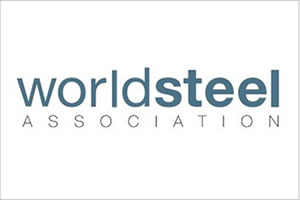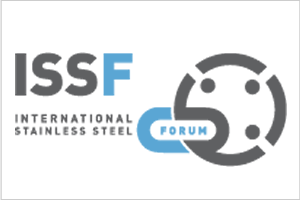Introduction Stainless Steel
The material we know as stainless steel (also commonly referred to as "Inox" or "Rostfrei") is such a common feature of 21st century living that there can be few of us who have not seen or handled articles made from it. But how many of us really know what stainless steel is?
A Very Different Type of Steel
Like all types of steel, stainless steel is not a single metal but an alloy that is a material made from two or more separate elements alloyed or "melted" together. What all steels have in common is that their major "ingredient" (alloying element) is the metal iron, to which a small amount of carbon has been added. Stainless steel was invented early in the 20th century when it was discovered that a certain amount of the metal chromium (usually a minimum of 11 per cent) added to ordinary steel gave it a bright shiny gloss and made it highly resistant to tarnishing and rusting. This rust-resisting property which we call “corrosion resistance” is what sets stainless steel apart from most other forms of steel.
Not a Coating
It is important to appreciate that stainless steel is a solid material and not a special coating applied to ordinary steel to give it “stainless” properties. Conventional steels and, indeed, several other metals, are often coated or "plated" with white metals such as chromium, nickel or zinc to protect their surfaces or to provide other surface characteristics. While such coatings have their own benefits and are still widely used, the danger exists that the coating can be penetrated or damaged in some way, such that its protective effect is undermined.
The appearance of stainless steel can, however, vary and will depend on the way it is made and finished.
Stainless Steel is Everywhere
It is, of course, the rust-resisting characteristic which gives stainless steel its name. However, soon after its discovery, it was realised that the material had many more valuable properties which make it suitable for a vast range of diverse uses. In fact, the number of uses to which stainless steel can be put are almost limitless, a point which can be illustrated with just a few examples:
In the home: Cutlery, dishes and other table ware .. Kitchen sinks, pans and cookware, Ovens and barbeques
In the town: Bus shelters, telephone booths and other street furniture, Building facades, Lifts and escalators
In industry: Equipment for the manufacture of food products and pharmaceuticals, Plant for the treatment of potable and waste water, Chemical and petro-chemical plant, Components for automotive and aero engines
The Stainless Steel Families
While the original form of stainless steel, (iron with around 12% Chromium) is still in widespread use, engineers now have a wide choice of different types (grades). In all, there are more than 100 different grades but these are usually sub-classified into distinct metallurgical “families” such as the austenitic, ferritic, martensitic and duplex families.
For more information, visit http://worldstainless.org












